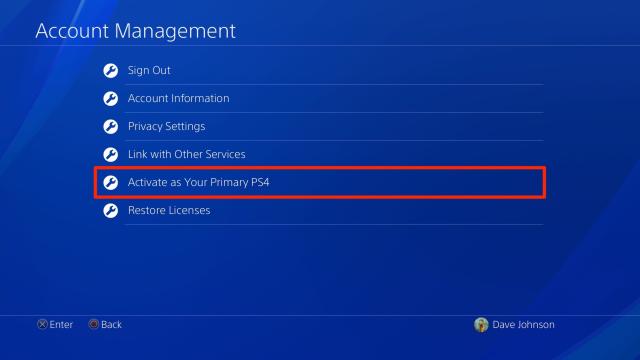What Is a Reverse Proxy and How Does It Work?

A reverse proxy is a server that sits between the client and the web server, and it acts as an intermediary for client requests. It can be deployed to help scale resources or provide added security. Essentially, the reverse proxy intercepts client requests, then routes them to the appropriate web server, then returns the responses back to the client.
To better understand how a reverse proxy works, let’s use an analogy. Imagine a popular restaurant that has multiple chefs, but only one kitchen. The kitchen has limited space and is constantly busy, but the restaurant wants to serve more customers. This is when a hostess steps in, greeting guests at the door, then forwarding their requests to the kitchen staff. The kitchen staff prepares the food, and the hostess delivers the meals back to the clients. The hostess is similar to the reverse proxy, acting as an intermediary that helps manage the requests between the clients and the servers.
Similarly, a reverse proxy can help distribute requests across multiple servers, improving response times and overall performance. When a client sends a request to the server, the reverse proxy intercepts it and checks whether it can serve the request or not. If it can’t directly serve the request, the reverse proxy then forwards the request to a backend server for processing. Once the server processes the request, it sends the response back to the reverse proxy, which then returns it to the client.
Another benefit of using a reverse proxy is it can add a layer of security to a website. A reverse proxy acts as a firewall, filtering traffic to mitigate harmful traffic and requests, such as a distributed denial-of-service (DDoS) attack.
When using a reverse proxy, it is important to keep the configuration up to date. This includes ensuring the backend servers are correctly configured, monitoring for potential attacks, and optimizing routing to improve performance.





